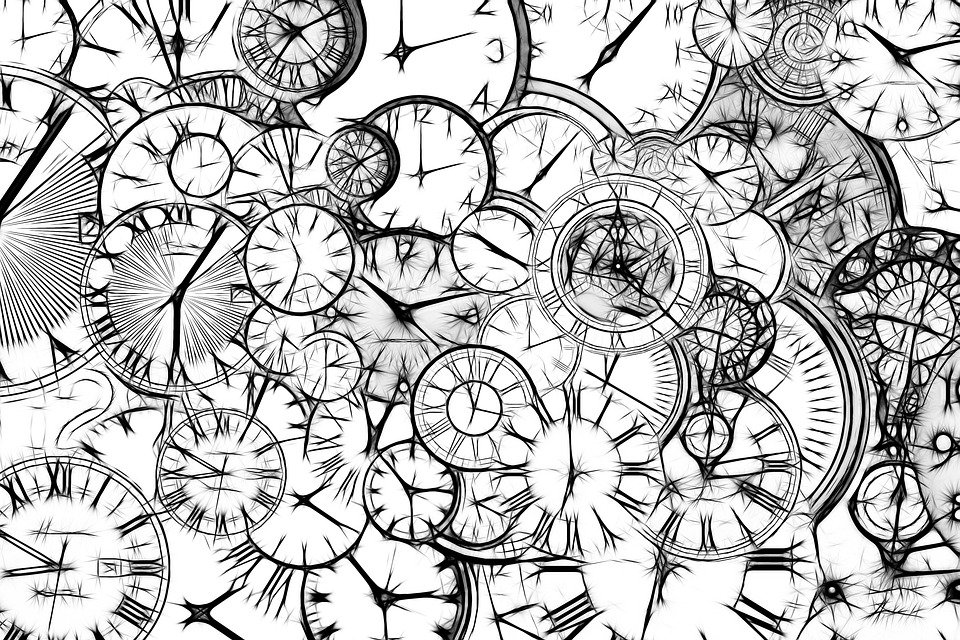The Final Nail in the Coffin: How Science Disproved Spontaneous Generation
Introduction
Spontaneous generation, the belief that living organisms can arise from non-living matter, was a widely accepted notion for centuries. However, through rigorous scientific experimentation and observation, this theory was ultimately debunked. In this article, we will explore the history of spontaneous generation, the key experiments that brought about its downfall, and the important implications of this scientific breakthrough.
History of Spontaneous Generation
The concept of spontaneous generation dates back to ancient times, with early beliefs suggesting that maggots could spontaneously generate from decaying meat or that mice could arise from piles of grain. These notions persisted for centuries until the scientific revolution of the 17th century.
Key Experiments
Several pivotal experiments played a crucial role in disproving spontaneous generation:
Francesco Redi’s Experiment
Italian physician Francesco Redi conducted an experiment in the 17th century to challenge the idea of spontaneous generation. He placed meat in three separate jars – one open, one covered with gauze, and one sealed. The meat in the open jar attracted maggots, while the gauze-covered and sealed jars remained free of maggots. This experiment demonstrated that maggots do not spontaneously generate from meat but rather arise from preexisting eggs laid by flies.
Louis Pasteur’s Experiment
In the 19th century, French chemist and microbiologist Louis Pasteur conducted a series of experiments that definitively disproved spontaneous generation. Using curved-neck flasks, he boiled broth and observed that no microbial growth occurred. When the necks of the flasks were broken, allowing air to reach the broth, microbial growth appeared. Pasteur concluded that microorganisms are not spontaneously generated but rather introduced from the outside.
Implications and Legacy
The disproof of spontaneous generation had far-reaching implications in various scientific disciplines:
Advancements in Medicine
The understanding that microorganisms do not spontaneously generate led to significant advancements in medical practices. Sterilization techniques, such as boiling and the use of antiseptics, became standard procedures in the prevention of infection during surgical procedures.
Development of Germ Theory
The disproof of spontaneous generation played a pivotal role in the development of germ theory. Scientists like Robert Koch and Louis Pasteur expanded on the discoveries, linking specific microorganisms to diseases and revolutionizing our understanding of infectious diseases.
FAQs
Q: What is spontaneous generation?
A: Spontaneous generation is the outdated belief that living organisms can arise from non-living matter.
Q: Who disproved spontaneous generation?
A: Francesco Redi and Louis Pasteur were key scientists who conducted experiments that ultimately disproved spontaneous generation.
Q: What were the implications of disproving spontaneous generation?
A: The disproof of spontaneous generation led to advancements in medical practices, the development of germ theory, and a better understanding of infectious diseases.
Q: How did Louis Pasteur’s experiment contribute to the downfall of spontaneous generation?
A: Pasteur’s experiment demonstrated that microorganisms are not spontaneously generated but rather introduced from the outside, providing strong evidence against the theory of spontaneous generation.
Q: What is the legacy of the disproof of spontaneous generation?
A: The disproof of spontaneous generation paved the way for further scientific discoveries and advancements, particularly in the fields of medicine and microbiology.

